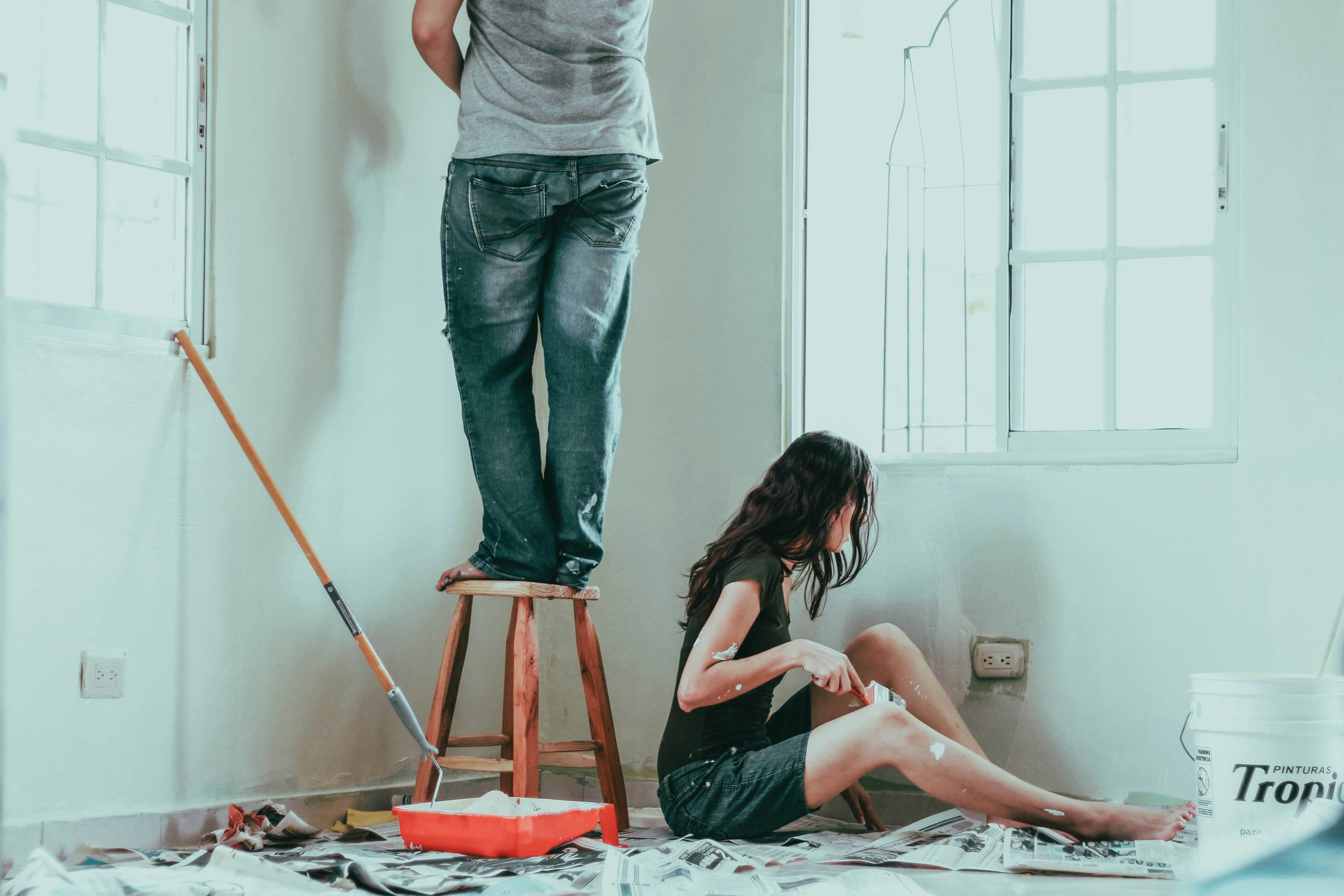
Home Improvement Trends That Will Transform Your Living Space in 2025
- Gordon Matthew Thomas Sumner
- 0
- Posted on
Table of Contents
ToggleIn 2025, home improvement is entering a new era—one where aesthetics, functionality, and sustainability blend seamlessly to redefine the way we live. Modern homeowners are seeking living spaces that are not only visually appealing but also smart, eco-conscious, and tailored to their lifestyles. From AI-powered innovations to environmentally responsible design choices, this year’s trends are reshaping how we think about our homes. This guide explores the top developments driving change, offering practical ideas and inspiration for anyone looking to transform their space.
Smart Home Technology Integration for Modern Living
The rise of AI-driven solutions is revolutionizing home improvement. More households are embracing smart home technology, with Statista reporting steady growth in adoption rates worldwide. Voice-controlled systems, such as virtual assistants, allow homeowners to adjust lighting, set room temperatures, and manage security with simple commands.
Smart lighting systems can be programmed to mimic natural daylight, improving mood and productivity, while advanced thermostats learn your preferences to optimize energy use. Enhanced home security features, including motion sensors and app-controlled cameras, provide peace of mind even when you’re away. Examples like fully integrated home automation hubs show how technology is making daily life more efficient, comfortable, and personalized.
Sustainable and Eco-Friendly Home Upgrades
Sustainability has become a central theme in home improvement for 2025. Homeowners are turning to recycled and renewable materials for renovations, reducing environmental impact without compromising style. Bamboo flooring, reclaimed wood accents, and low-VOC paints are gaining popularity for their eco-friendly properties and durability.
Energy efficiency is also a priority. Installing solar panels and energy-saving appliances not only reduces utility bills but also lowers carbon footprints. Water-saving fixtures, such as low-flow faucets and smart irrigation systems, are helping conserve one of our most valuable resources. According to industry reports on green building trends, eco-conscious upgrades are becoming a standard expectation rather than a luxury. Landscaping with native plants further supports biodiversity while requiring minimal maintenance.
Multi-Functional and Flexible Living Spaces
As lifestyles continue to evolve, the demand for adaptable spaces is shaping home improvement strategies. Open-concept layouts are being enhanced with flexible furniture that can serve multiple purposes—a dining table that doubles as a workspace or a sofa that transforms into a guest bed.
Home offices, once temporary solutions, are now being designed as permanent, productivity-boosting spaces. Wellness rooms dedicated to yoga, meditation, or exercise are also on the rise, reflecting a growing focus on mental and physical health. In smaller homes, clever storage solutions, such as built-in shelving and hidden compartments, maximize every inch of space without cluttering the environment. Interior design experts point to these multifunctional approaches as key to making homes both practical and inviting.
Transforming your living space in 2025 means going beyond surface-level upgrades. By embracing smart technology, sustainable choices, and adaptable designs, you can create a home that reflects your values and enhances your lifestyle. Start planning your next project today and make your space truly future-ready.
